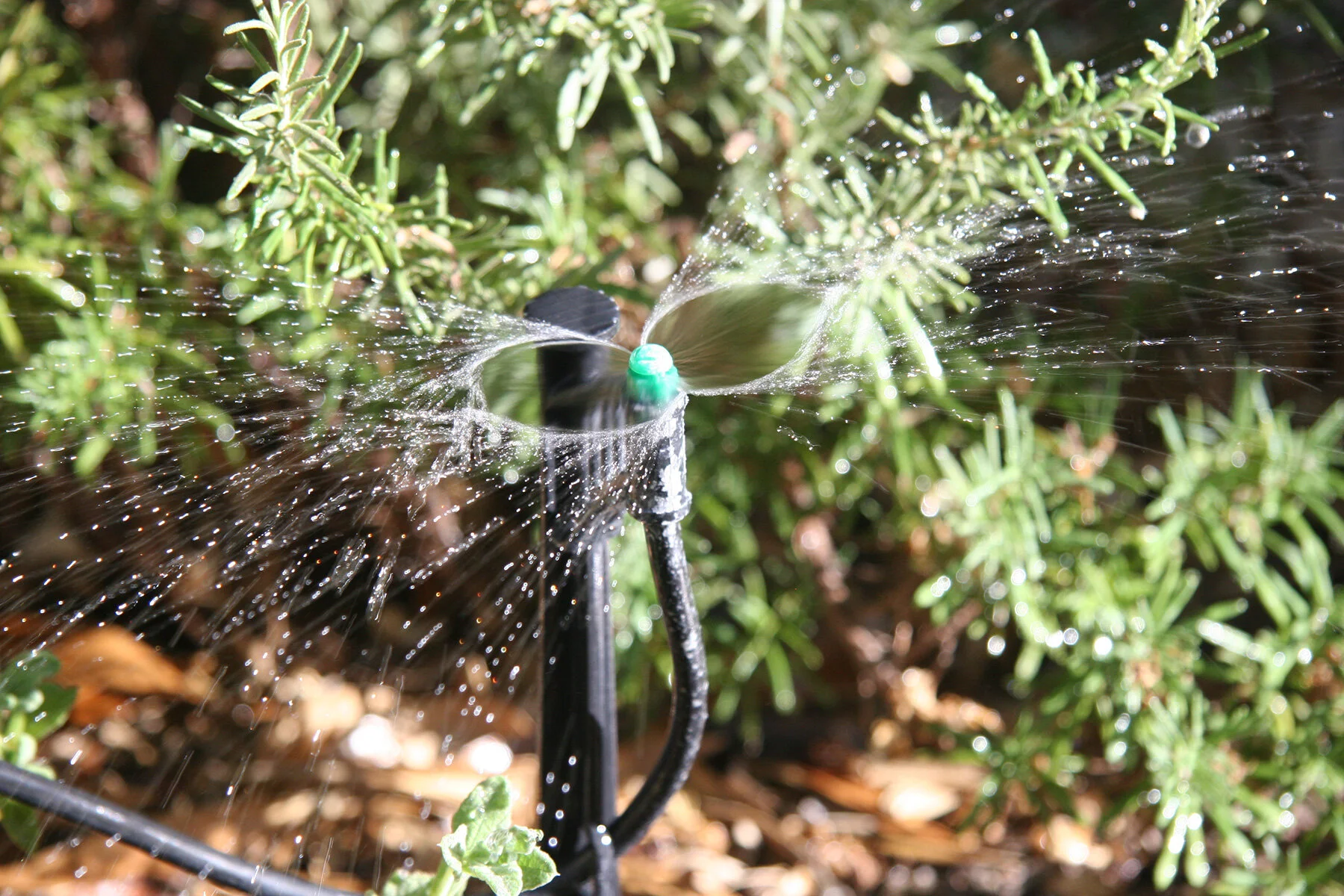Now don’t forget the wildlife as well. Birds continue to give us enjoyment with new fledglings arriving as well as their daily antics. Water can be supplied in the form of birdbaths, water fountains, or water garden displays. Moving water is a bigger draw for this wildlife activity than still water, and it is safer, too. With moving water, you do not need to worry about mosquitoes.
Now that I have spent time expressing my concern and importance for water during the summer months, let me give you some other tips for the garden…
*Apply the “Permethrin” chemical to guard off grubs, fleas, ticks, etc. in the yard.
*Keep an eye out for powdery mildew and red spider mites this month in the garden. Treat with Liquid Copper or Neem Oil, both organics.
*Remember to deep root water established trees and shrubs, as well, during drought conditions.
*Dig potatoes when the tops die and plant fall crops by the 15th.
*Sweet corn is ripe when the silks turn brown.
*For the fall garden, sow seeds of carrots, beets, turnips, winter radish, collards, kale, sweet corm and summer squash as earlier crops are harvested at the end of the month. Also set out transplants of broccoli, cabbage and cauliflower for the fall garden.
For additional information about garden tips for summer, check out our website at www.hillermann.com, or stop by Hillermann’s.
Time to go… See you in the Garden…
Sandi Hillermann McDonald


















